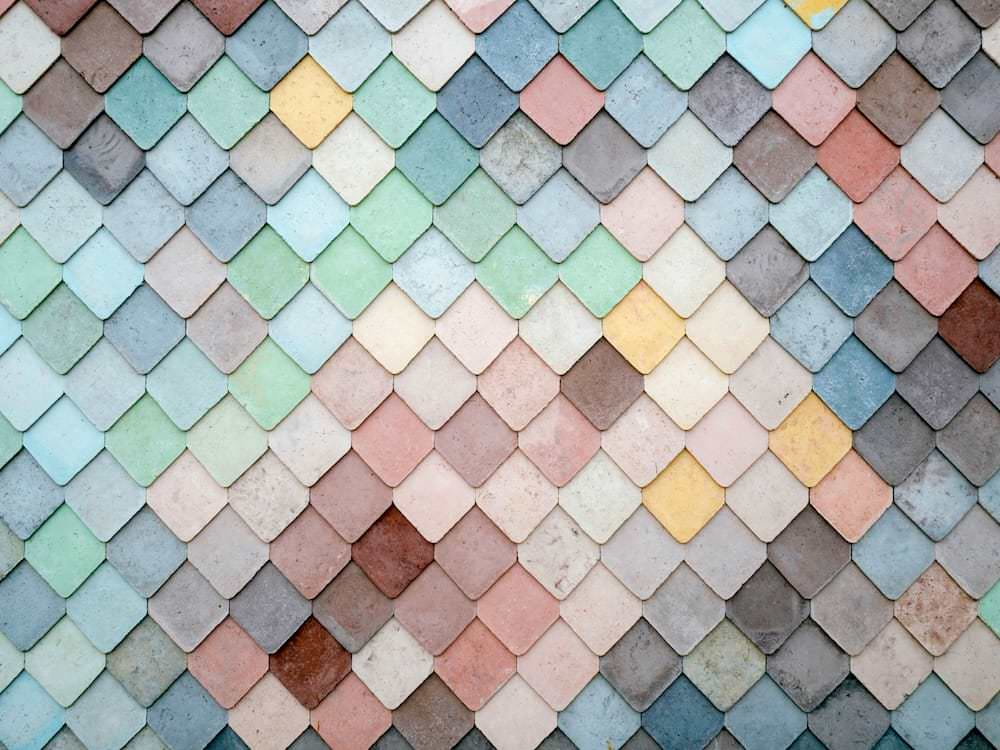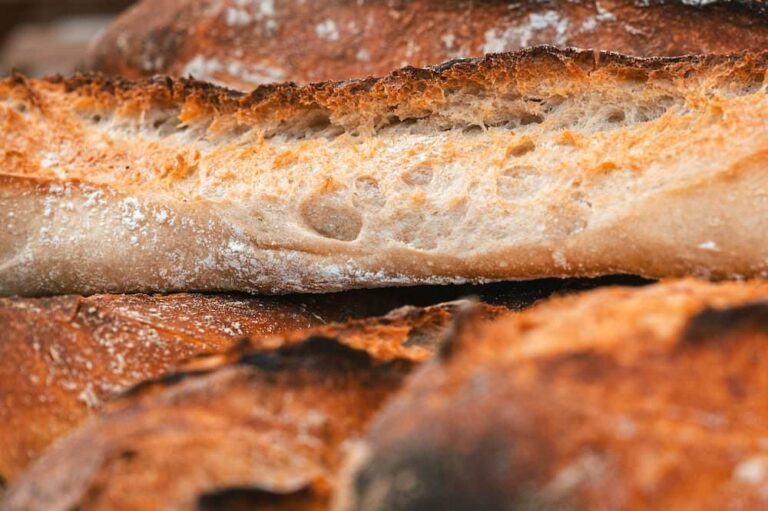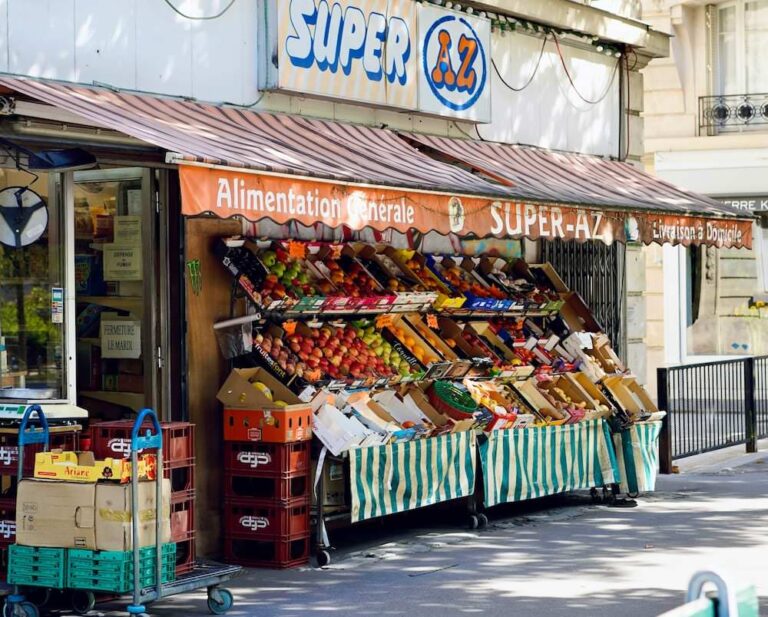compound colour adjectives
Most French learners know that adjectives normally agree in gender and number with the noun they modify. For colours, that means changing the ending:
- un chapeau vert → une robe verte
- des chapeaux verts → des robes vertes
But there’s a twist. Sometimes, even if the noun is feminine or plural, the colour adjective stays in its masculine singular form.
When colours are invariable: compound adjectives
When a colour is made up of two words — either two colours combined, or a colour plus a descriptive word — French grammar treats the whole expression as invariable. That means it never changes to match the noun’s gender or number.
Examples with a colour + descriptive word
- une nappe vert pâle (not verte pâle)
- des rideaux bleu foncé (not bleus foncés)
- une fleur jaune vif (not jaune vive)
Examples with two colours combined
- une jupe bleu-vert
- des coussins gris-bleu
In these cases, the first colour word does not take an -e or -s, because the two words together form a single, fixed unit of meaning.
Common invariable colour expressions in French
Below is a table of frequent compound colour adjectives. These stay invariable regardless of the noun’s gender or number.
| Compound colour | Meaning | Example |
|---|---|---|
| vert pâle | pale green | une robe vert pâle |
| vert foncé | dark green | des rideaux vert foncé |
| bleu clair | light blue | une nappe bleu clair |
| bleu foncé | dark blue | des murs bleu foncé |
| bleu-vert | blue-green | une jupe bleu-vert |
| gris-bleu | bluish grey | des coussins gris-bleu |
| jaune vif | bright yellow | un pull jaune vif |
| jaune pâle | pale yellow | des fleurs jaune pâle |
| rouge foncé | dark red | une nappe rouge foncé |
| rouge vif | bright red | des chaussures rouge vif |
| noir bleuté | bluish black | un tissu noir bleuté |
| blanc cassé | off-white | des murs blanc cassé |
| gris perle | pearl grey | une écharpe gris perle |
| gris clair | light grey | des rideaux gris clair |
| gris foncé | dark grey | un manteau gris foncé |
| rose pâle | pale pink | une chemise rose pâle |
| beige rosé | pinkish beige | un canapé beige rosé |
| marron clair | light brown | des bottes marron clair |
| marron foncé | dark brown | un sac marron foncé |
Why this rule exists
French treats compound colours as if they are labels for a specific shade, rather than separate adjectives describing the noun. Since the two words work together to describe just one colour, the grammar doesn’t make them agree individually.
It’s the same reason we wouldn’t say verts foncés in des rideaux vert foncé — changing the first word would break the fixed label.
Summary rule
If your colour is only one word (like vert, rouge, noir), make it agree:
- une robe verte
- des chaussures noires
If your colour is two words (like vert pâle, bleu clair, gris-bleu), keep it invariable:
- une robe vert pâle
- des chaussures gris-bleu






